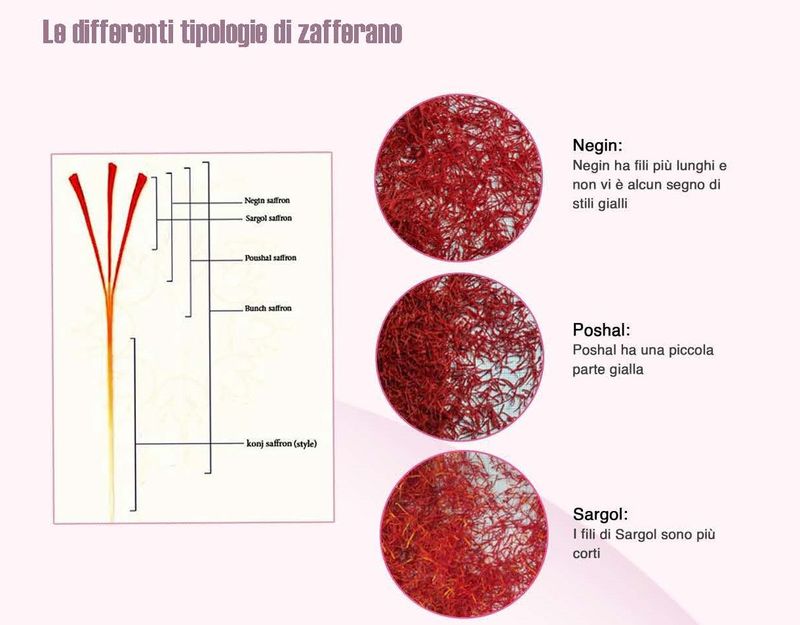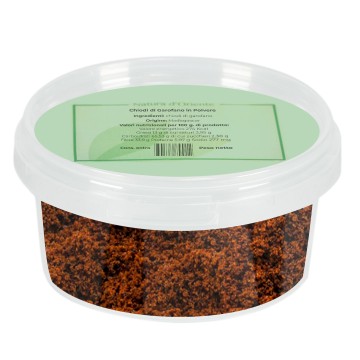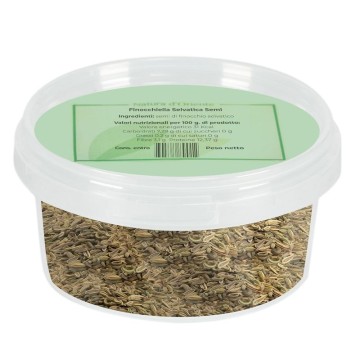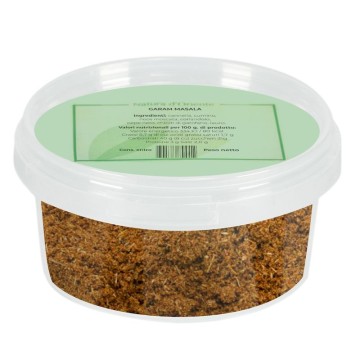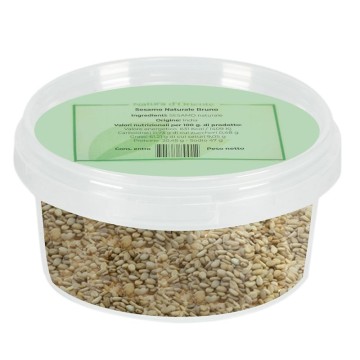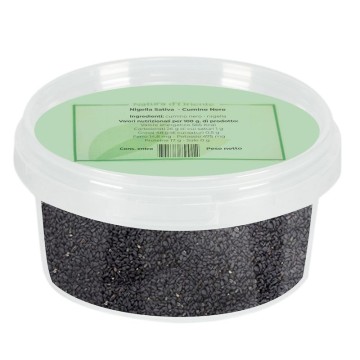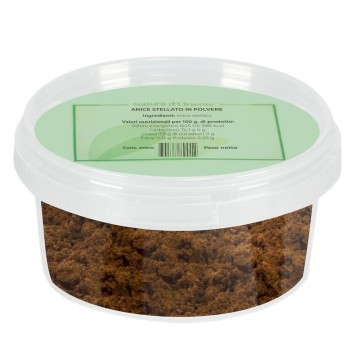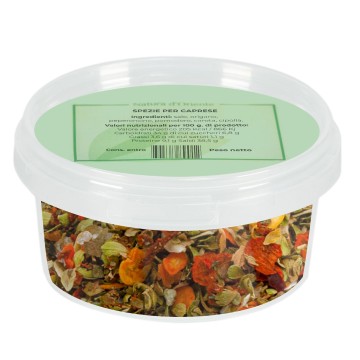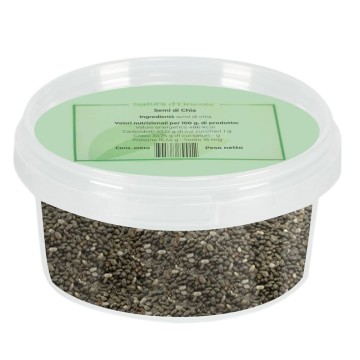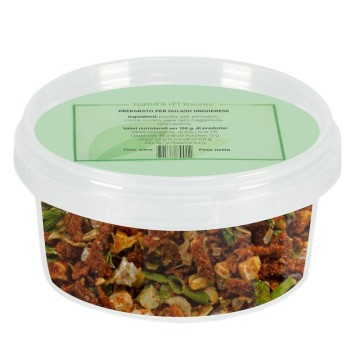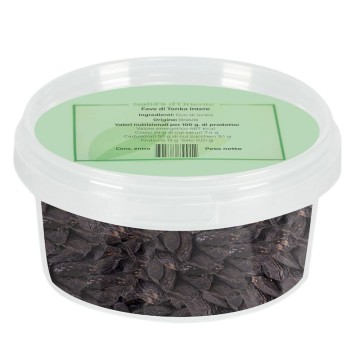If you want to experience a special gastronomic pleasure, you can use this spice for your dishes. Its use is versatile, as saffron lends itself to many recipes for first courses, second courses and desserts. It gives its unique flavor, earthy and bitter on one side, and with light floral notes and a hint of sweetness on the other. Its delicate aromatic quality is persistent. A decidedly particular spicy profile, which combines with salty, sweet and spicy - making a unique scent in every dish. In addition to its exclusivity of taste, saffron is a precious spice, the most expensive in the world, as it requires a particular method of cultivation and hand harvesting. In the kitchen, saffron is a precious delicacy, which simultaneously brings flavor, aroma and a fantastic color. Furthermore, it can have benefits for our well-being.
What are the beneficial properties of saffron
This spice shows antioxidant benefits, thanks to the plant compounds it contains such as crocin, crocetin, picrocrocin, safranal and kaempferol. All these antioxidants help protect cells from oxidative stress but, in particular, crocin, crocetin and safranal provide properties that are useful for normal mood. The first two are carotenoid pigments also responsible for the red-orange color of saffron, which makes it so fascinating even as a colorful garnish in the kitchen. Its flavor and aroma, on the other hand, are given by picrocrocin and safranal.
At the level of food assimilation, saffron helps the digestive function in small doses, stimulating the secretion of gastric juices. Furthermore, like many spices, it increases the feeling of satiety. Furthermore, it has a function of contrasting menstrual cycle disorders, since its flavor and smell are useful for treating some symptoms, also typical of premenstrual syndrome, such as irritability, headaches, stress.
For an anti-stress and relaxing saffron herbal tea, you can infuse a pinch of powder in hot water for about 10 minutes. In small doses, saffron is safe at the food level, while high quantities should be avoided as they can cause toxic negative effects such as stomach pain, dizziness, nausea, bleeding. The maximum recommended dose is about 1.5 grams. In particular, caution is recommended for pregnant and breastfeeding people.
Where can you buy saffron powder?
This highly prized spice is usually available in small quantities. In our online spice shop, in fact, you can buy saffron powder divided into useful packages, with each individual sachet of 0.080 g. Our airtight freshness-saving packages ensure excellent preservation in the pantry. It is important to buy saffron from a reliable retailer, such as Natura d'Oriente, to ensure you get an authentic product, not mixed with other ingredients. How to use saffron in cooking Small doses of this powdered spice are enough to flavor various recipes. Its bitter taste and delicate aroma pair well with both savory dishes and some desserts. In combinations, it manages to blend harmoniously with foods with a similar bitter taste, such as citrus peel and almonds. Or with the aromas of honey and rose, which recall its sweet-bitter floral notes. In cooking, a small amount of saffron is enough; not only because it is the most expensive spice in the world, but also because an excess of the spice can give recipes a "medicinal" taste. It can be purchased in threads or in powder - in the ground version of the stigmas which can be very useful for sprinkling foods evenly. In addition, ready-made saffron powder avoids the possible contamination of its unique aroma, which can occur if the stigmas are ground in a spice grinder or with a mortar and pestle. Afghan and Iranian cuisine often uses the form of saffron powder, since the stigmas are finely ground before infusing them. The soaking technique can be done by adding the saffron to hot water, but absolutely not boiling (otherwise it burns), which can then be used in the recipe to give a richer and spicier flavor. You can also use soaking in milk, cream, vegetable broth, hot wine. The powder is infused for about 10-15 minutes and, once the aroma spreads, saffron water becomes the most economical way to release its aroma to dishes in abundance. It is particularly suitable, therefore, in recipes that require a hot liquid such as pasta, soups, rice and risottos.
The proportion for a dish for 8 people is usually ¼ teaspoon of saffron powder to be dissolved in a glass of water, but it depends on the spicy strengththat you want to obtain. An alternative is to sprinkle the saffron powder on an ice cube and let it melt slowly. Saffron water is produced in about 20 minutes, which eliminates the risk of accidentally burning the powder. Heat is a threat to saffron, so the spice is usually not added at the beginning of cooking or in hot dishes. It can be added at the end, just before the end of cooking, to preserve the aromas and color. Mix well to make its presence uniform in the dish. In some recipes for dough, risotto and stewed preparations, however, the saffron powder can be added at the beginning of cooking. To obtain a lighter saffron flavor, instead of using it on cooked foods, it is useful to add it to ice cream and drinks. Recipes with saffron The most expensive spice in the world can be an everyday ingredient, if you use it in the right recipes. First courses: traditionally it goes well with rice-based recipes, risottos. It is also used as a spice in ragù and pasta sauces, such as the speck and saffron recipe; it fits perfectly in soups. In Italian cuisine, saffron is immediately associated with risotto alla milanese, a dish from Lombardy, already interpreted by chef Gualtiero Marchesi with his recipe "Rice, gold and saffron".
Meat: excellent on chicken breast, recipes such as braised chicken, scallops and saffron meatballs; in particular, it pairs well with garlic and onion to enhance white meats.
Fish: its aroma is exquisite in fish soups, it recalls delicate sweet-bitter notes perfect on seafood, in recipes with trout, swordfish, sea bass. Furthermore, saffron sauce is an aromatic condiment that often pairs with seafood dishes. Desserts: it is used as a spice in tea and ice cream, in biscuits and desserts, it evokes the aroma of vanilla, lending itself to the preparation of dough and custard. It pairs well with oranges and lemons.
Savory recipes: it can be used to flavour vegetable side dishes together with almonds, to flavour cheeses, potatoes, typical recipes such as baked arancini or baked products. It pairs well with the flavour of legumes in soups, where it adds a bitter aromatic touch. International cuisine: synonymous with Iranian cuisine, saffron is used in traditional recipes for stews, kebabs and rice – such as the dish chelo ba tahdig, steamed rice infused with saffron and crunchy. In Spain it is used in paella and in France in bouillabaisse (fish soup). It is mixed into Indian rice dishes, lamb tagine and Moroccan pigeon pie (b'stilla or Moroccan pastilla). In Sweden it is used to make saffron buns (lussebullar) which are eaten on Saint Lucia's Day. Drinks: It can be used for a saffron herbal tea and for a hot drink with milk, chopped almonds and honey.
Combinations: Saffron is often used not as the only seasoning in a dish, but combined with other spices such as vanilla and cinnamon (in desserts) and with cumin (savoury recipes).
The Recipe: Lussebullar - Saffron Buns
Ingredients 400 ml of whole milk heated to 37°C - 25 g of dry yeast - 150 g of granulated sugar - 200 g of Greek yogurt at room temperature - 1 g of saffron powder - 1 teaspoon of salt - 1 handful of raisins - 1 egg - 175 g of butter softened at room temperature - 800 g of strong white flour - 1 beaten egg for brushing - 4 greased baking trays and lined with baking paper
Preparation Pour the milk into a bowl, add the dry yeast and whisk. Cover with cling film and leave in a warm place for about 15 minutes, until it activates and becomes frothy. Add the saffron powder. Pour into a mixer with the hook. Add the sugar and mix for about a minute. Add the Greek yogurt, salt and egg. Mix well. Gradually add the softened butter in pieces and, always gradually, add the flour while mixing, making sure that no lumps of butter form. As you add the flour, evaluate the exact amount based on the consistency of the dough, compared to the 800 g of flour required (too much flour makes the rolls dry).
Keep mixing until the dough is sticky but does not stick too much to your finger when you touch it to check the consistency. If using an electric mixer, knead for about 5 minutes (or 10 minutes if kneading by hand). Let the dough rise in a bowl covered with cling film, in a warm place, until doubled in size (about 30-40 minutes).
Turn the dough out onto a lightly floured surface and knead until smooth.i. Cut the dough into 30 equal pieces. Roll each piece into a long cylinder, then transfer to the baking tray and shape each piece into the shape of a letter S. Add two raisins to each bun: one in each centre where the S shape curves. Leave to rise again for 25 minutes. Preheat the oven to 200°C (Gas 6). Brush the buns lightly with egg and bake in the preheated oven for 10-12 minutes – until the buns are lightly golden on top. Leave to cool under a damp tea towel to prevent them from drying out too much. Where does saffron come from and how is it produced? The origins of saffron are uncertain but it most likely originated in Iran, from the Crocus sativus plant belonging to the Iridaceae family.
It grows wild in hot, semi-arid climates, in Asia Minor and Eastern Europe. The world's leading producer is Iran, but over time the plant has been cultivated in various territories, including Afghanistan, Morocco and Greece and Italy - where various saffron crops exist. The prized spice comes from the flower, known as crocus, while the term "saffron" refers to the thread-like structures of the flower itself, called stigmas (improperly pistils). They show an intense red color, with orange and yellow shades at the base, and there are about 3 on each crocus (flower).
Saffron has always been considered very valuable and expensive, because the stigmas are collected by hand and also the cultivation of the plant requires a lot of attention. In the flowering phase, the stigmas must be separated from the flowers and left to dry and mature for a few months. To obtain 1 gram of saffron, in this way, about 200 flowers are needed. The fact that a flower has only 3 stigmas makes it very expensive to obtain a large quantity of saffron.
For those wondering how much 1 kg of saffron costs, a general indication can be given between 18,000 and 25,000 euros per kilo for good quality saffron. In the Persian region of origin, saffron was "venerated" for its healing properties, as a sacred spice. People used it to stimulate mood and improve memory - for this reason saffron was nicknamed the spice of the sun - both for its particular color and because it helps improve mood. It was also used in ancient times to increase libido; treated as an aphrodisiac spice, saffron was used indifferently by men and women. In other cultures, saffron arrived in Egypt around 1,500 BC (documented in some papyrus), and by the Greeks and Romans in the following centuries. It was used in wine to flavor but above all as a perfume, to be spread in public spaces to remove bad odors; in the baths of the rich Romans it was a spice immersed in water to perfume the skin. Through the Roman colonists, saffron arrived in Gaul, where it was cultivated since the 3rd century AD and then spread to the rest of Europe and then to North America.


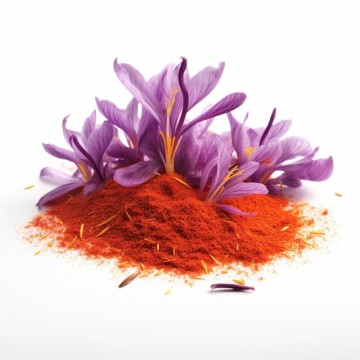
 No reward points for this product.
No reward points for this product.
